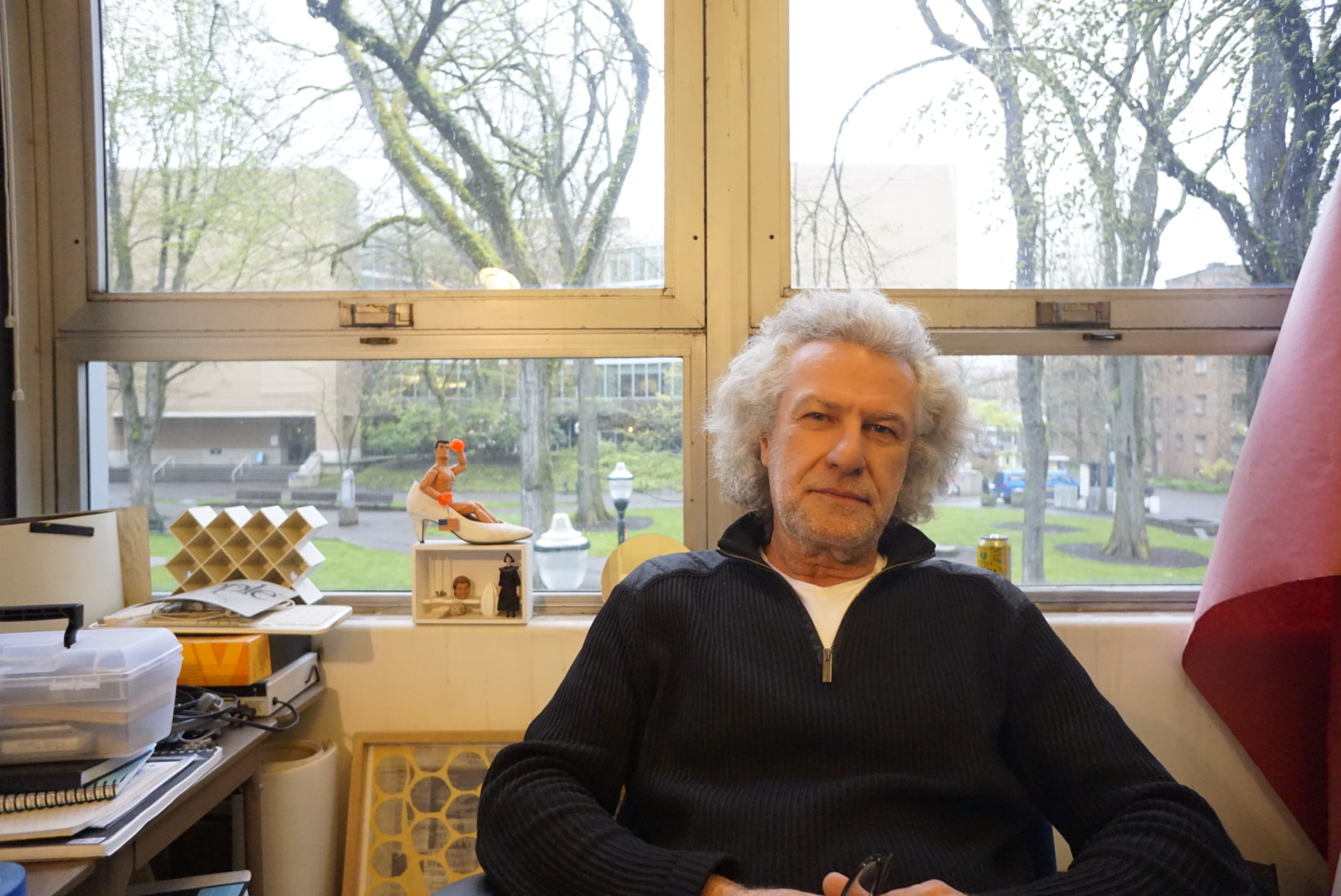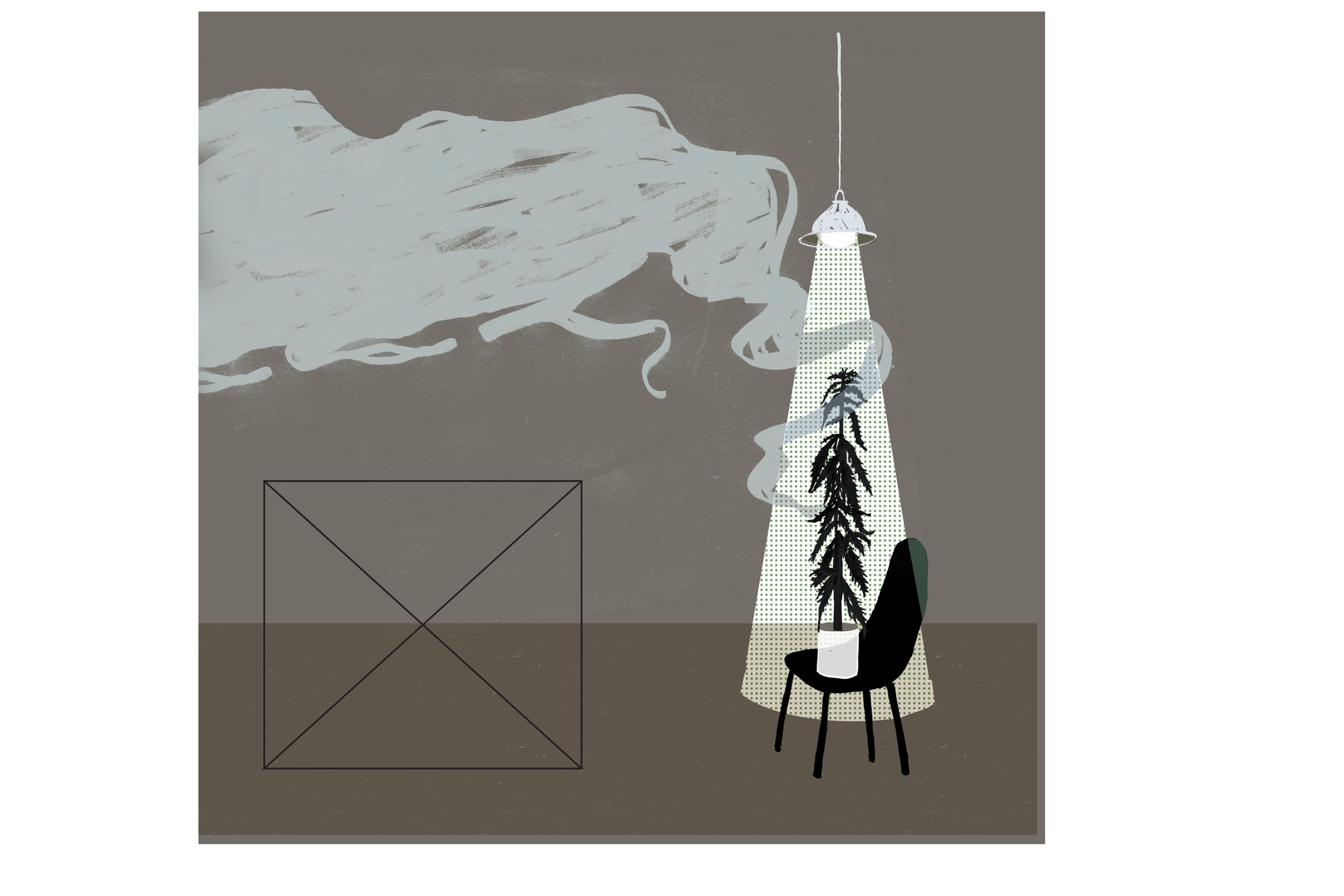More accessible and less restrictive than oil paints and canvas, graffiti allows artists to express themselves outside traditional art practice in an arguably rebellious way. Street art and graffiti add color and life to our notoriously gray city, while simultaneously representing voices of artists and citizens who might not otherwise have a platform to be heard. However, where I see art and voices, others see a nuisance and the destruction of property. So which is it?
I spoke with Art Practices professor Horia Boboia, who specializes in painting, and an anonymous art major, who specializes in painting and illustration influenced by graffiti and tattoo culture. I asked them how they thought graffiti fit within the realm of art and expression.
Boboia shared that he believes there is no such thing as traditional art. “I associate graffiti with painting or performance,” Boboia said. “It could be associated with many things. Art is expanding. Always expanding.”
The student added, “Graffiti is all under this umbrella of what I consider art. I think a lot of times it’s motivated by a sense of not being seen and then acting in a way to be seen.”
“I think graffiti is one form of this compulsory expression that artists have,” they continued. “I consider it a high form of art and expression and discussion. To me, it’s a real noble endeavor, and I think people dismiss it a lot as vandalism, but I think a lot of the motivations are really true and important.”
However, the Graffiti Abatement Program may disagree with that idea. The GAP is a program that “decreases graffiti in partnership with neighborhood and business associations.”
Despite the prevalence of citywide street art, I discovered that Portland is not a friendly canvas of graffiti artists. Along with programs like GAP, Portland has rules about what constitutes as art and what is vandalism. According to Chapter 14B.80 Graffiti Nuisance Property, the “nuisance” of graffiti is basically up to the owner of the property. If the owner catches the person who infringed upon his or her property, the individual can be fined for violating someone else’s property. In Portland, graffiti is considered a violation, not a crime. However, if caught, a mandatory 100 hours of community service is enforced. But will regulation ever end the practice of graffiti?
“It’s a great force, and it is presenting itself in the public,” Boboia said. “It is something to embrace.”
No matter what regulations the city enacts, graffiti will continue, and maybe graffiti isn’t the problem. Maybe the problem is our perception of graffiti. Perhaps instead of rejecting these voices, we should listen. Perhaps we, as a city, should expand our definition of art.






